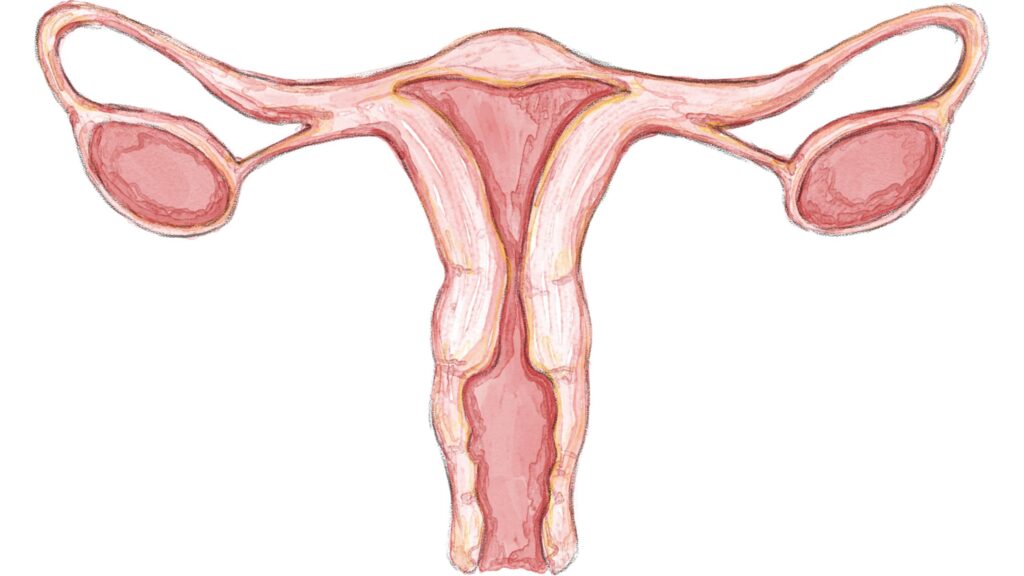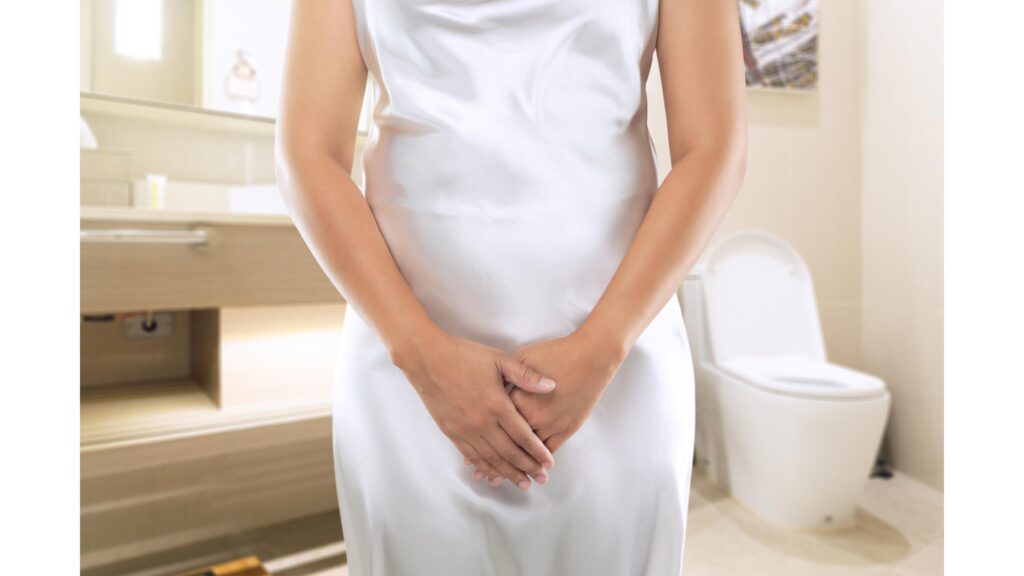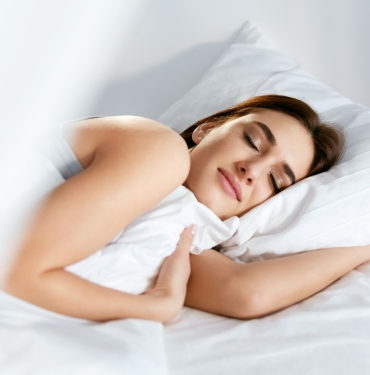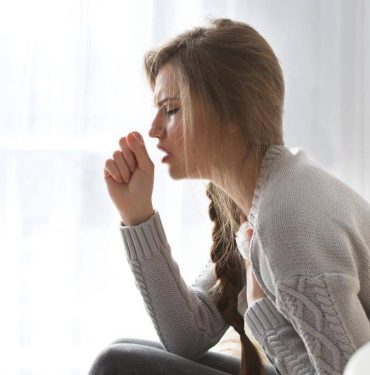Vaginal yeast infections are a type of infection that occurs in the vagina, and most women experience this condition at some point in their lives. It is usually caused by an overgrowth of a yeast-like fungus called Candida albicans. Vaginal yeast infections manifest themselves with symptoms such as itching, burning, white discharge and pain. Fortunately, vaginal yeast infections can be easily treated in most cases. In this article, you will find more information about treatment methods for vaginal yeast infections.

Symptoms of vaginal yeast infections usually appear as follows:
- Itching: An intense and disturbing itching sensation occurs in the vagina. Itching may become more intense over time and is often a telltale sign of infection.
- Burning: There may be a burning or irritating sensation in the vagina and vulva (the area of the external genitals). This burning sensation may become worse during urination or sexual intercourse.
- Pain: Vaginal yeast infections can sometimes cause mild pain. Pain is usually felt inside the vagina or in the vulva.
- Abnormal Discharge: The most common symptom of vaginal yeast infections is a white, thick and cheesy discharge. The discharge is usually odorless, but sometimes there may be a faint yeasty or bread-like odor.
- Redness and Swelling: Redness and swelling may occur in the vagina and vulva area. These symptoms may occur due to the spread of the infection.
Importantly, these symptoms may differ in each woman and may be more pronounced in some women and milder in others. Symptoms of vaginal yeast infections are symptoms that can often be confused with other vaginal infections. Therefore, it is important to see a healthcare professional for an accurate diagnosis.
Note: Symptoms of vaginal yeast infections may vary from person to person and sometimes may not cause symptoms. If a vaginal infection is suspected, it is best to consult a healthcare professional.
Treatment Methods
In this article, you will find more information about treatment methods for vaginal yeast infections.
1. Antifungal Drugs: The most commonly used method of treating vaginal fungal infections is the use of antifungal medications. These drugs work to prevent or kill the growth of the fungus. It comes in the form of topical (vaginal) creams, ointments, suppositories (suppositories), or oral (taken by mouth) tablets, which can be purchased with or without a prescription. The choice of medication is usually determined by the doctor depending on the severity and frequency of the infection. Treatment duration usually varies from a few days to a week.
2. Natural Treatment Methods: Some women try to alleviate or treat vaginal yeast infections with natural remedies. For example, yoghurts containing probiotics (good bacteria) may be recommended to be applied to the vagina or taken orally. However, there is limited evidence on the effectiveness of natural treatments, and many experts say antifungal medications are safer and more effective. If you are considering using natural treatment methods, it is important to consult a healthcare professional.
3. Preventive Measures: It is important to take some preventive measures to prevent vaginal yeast infections. These measures include:
- Keeping the genital area clean and dry.
- Removing damp swimsuit or bikini clothing as soon as possible.
- Choosing cotton underwear instead of synthetic underwear.
- Avoiding using perfumed hygiene products.
- Limiting antibiotic use as necessary.
- Using a condom during sexual intercourse with a partner.
Although vaginal yeast infections are quite common, they are usually harmless and treatable. However, women who experience recurrent fungal infections should consult a doctor and have the necessary examinations to determine the underlying cause.
4. Communicating with Your Doctor: If you have any doubts or concerns about vaginal yeast infections, it is important to see a healthcare professional. Your doctor will make the correct diagnosis, evaluate your symptoms, and recommend appropriate treatment methods. Be sure to share your medical history, current medications, and any allergies with your doctor before starting treatment.
5. Partner Treatment: If your partner has symptoms or has a factor that could cause a vaginal yeast infection to reoccur, your doctor may recommend that your partner be treated as well. Treating your partner may help prevent the infection from recurring.
6. Diet and Lifestyle Changes: Some experts think that diet and lifestyle changes may be effective in controlling vaginal yeast infections. However, these changes should only be considered supportive treatment and you should follow your doctor's recommendations. For example, steps such as reducing consumption of sugary and processed foods, including immune-boosting foods, and managing stress can help your body become more resistant to fungal infections.
7. In Case of Recurrence of Fungal Infections: If vaginal yeast infections keep recurring, your doctor may perform a more comprehensive examination. Factors such as hormonal imbalances, diabetes, immune system problems, or other health conditions may be reviewed to determine underlying factors. The treatment approach may vary depending on the underlying causes.
Vaginal yeast infections are generally treatable conditions, and antifungal medications are often an effective treatment option. However, it is important to get the correct diagnosis by consulting your doctor and follow appropriate treatment methods. Additionally, practicing preventive measures can help prevent reoccurrence of infections.
Remember, the information mentioned above is general advice and may not apply to every situation. If you suffer from vaginal yeast infections, it is best to consult a healthcare professional. Your specialist will make an accurate diagnosis of your condition and recommend appropriate treatment methods.
- American College of Obstetricians and Gynecologists. (2019). vaginitis https://www.acog.org/patient-resources/faqs/gynecologic-problems/vaginitis
- Mayo Clinic. (2021). Vaginal yeast infection. https://www.mayoclinic.org/diseases-conditions/yeast-infection/diagnosis-treatment/drc-20379004

















